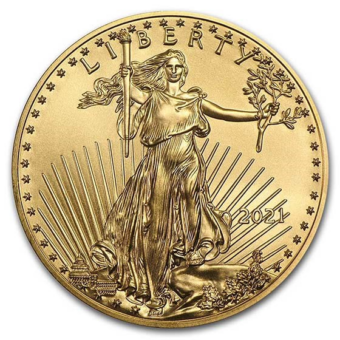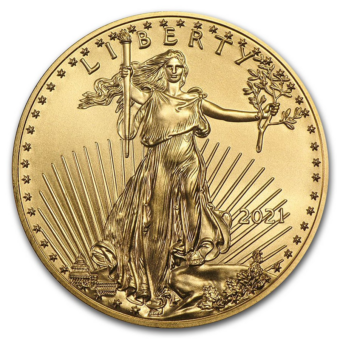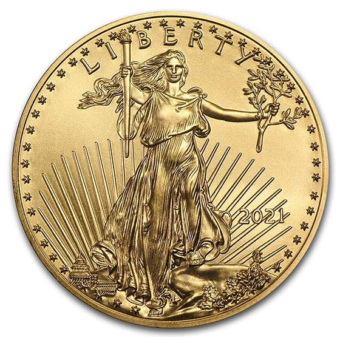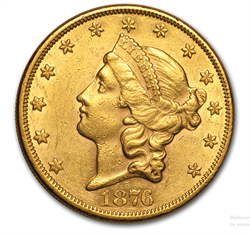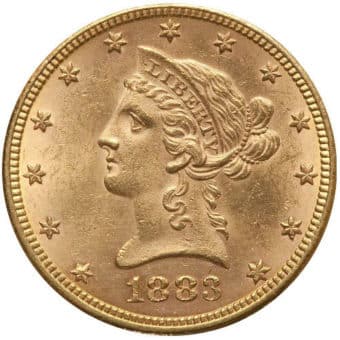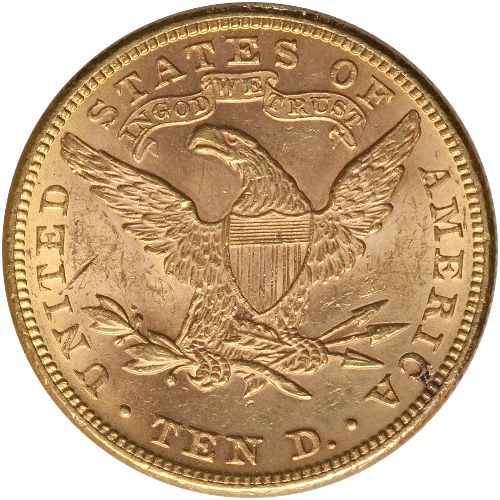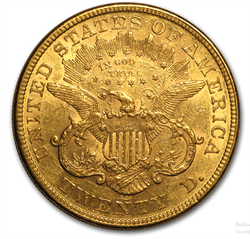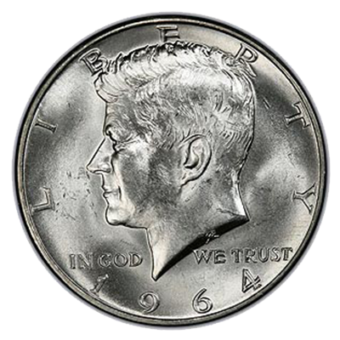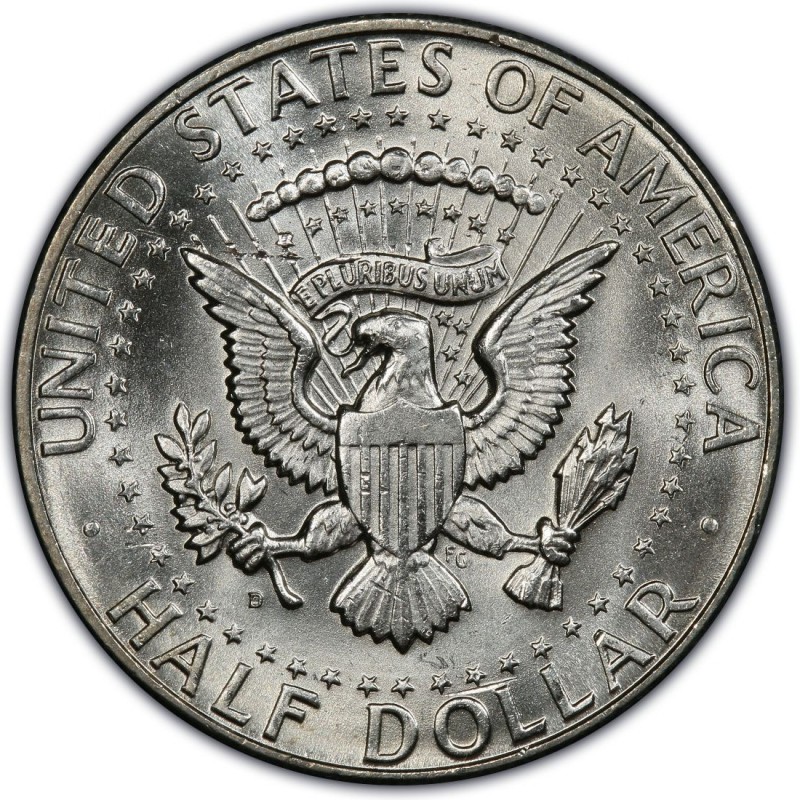A Daily Journey Through the Week's Market
Monday - 6.03.24: Gold and silver prices are slightly up in early U.S. trading Monday, supported by a weaker U.S. dollar index and a downtick in U.S. Treasury yields. August gold is up $3.80 at $2,349.60, and July silver is up $0.105 at $30.545. Asian and European stock indexes were mixed to firmer overnight, while U.S. stock indexes are expected to open mixed.
Tuesday - 6.04.24: Gold and silver prices are sharply lower in early U.S. trading Tuesday due to a significant sell-off in crude oil prices and a firmer U.S. dollar index. August gold is down $23.00 at $2,346.30, and July silver is down $0.934 at $29.85. Crude oil prices have dropped to a four-month low amid concerns about global economic growth and doubts about OPEC's ability to maintain production cuts.
Wednesday - 6.05.24: The gold market remains around $2,350 an ounce and could gain bullish momentum as the U.S. labor market cools, with private companies hiring fewer workers than expected in May, according to ADP. ADP reported 152,000 jobs created last month, missing the forecast of 173,000. Following the employment data, gold is seeing solid gains, with August futures last trading at $2,356.40 an ounce, up 0.37% on the day.
Thursday - 6.06.24: Gold and silver prices have slightly increased in early U.S. trading on Wednesday, ahead of significant economic data from the U.S. and European Union expected later this week. Gold is trading at $2,342.09, up $15.02, and silver is at $29.66, up 16 cents. The broader economic context is troubling, with declining GDP growth, rising inflation, low mortgage demand, and record household debt at $17.7 trillion, indicating a disconnect between positive banking data and negative consumer sentiment.
Friday - 6.07.24: Gold and silver prices fell sharply on Friday, with August gold dropping $51.40 to $2,339.70 and July silver down $1.207 to $30.15, following a robust U.S. jobs report and China's central bank easing its gold purchases. The U.S. added 272,000 jobs in May, surpassing expectations, causing the U.S. dollar to rally and Treasury yields to rise, which aligns with the stance of U.S. monetary policy hawks against interest rate cuts.
Gold Prices Plummet Amid Strong U.S. Job Growth and China's Gold Buying Pause
Gold prices fell significantly as the U.S. economy added 272,000 jobs in May, surpassing market expectations of 182,000, and raising the unemployment rate to 4.0%. This strong job growth, coupled with the People's Bank of China halting its gold purchases after an 18-month spree, has intensified selling pressure on gold. August gold futures dropped over 2%, trading at $2,333.40 an ounce. Analysts suggest that robust labor market data could delay Federal Reserve interest rate cuts, further impacting gold prices. Despite positive job numbers, concerns remain about underlying economic weaknesses, such as the rise in part-time employment and persistently high wage growth, which continues to stoke inflation fears.
Warning Bells: UBS Sounds the Alarm on Impending Stock Market Bubble
UBS strategists have issued a stark warning, identifying six out of eight critical signs of a looming stock market bubble. The surge in generative AI hype has driven stock prices to unprecedented highs, echoing the conditions of 1997 rather than 1999, suggesting a bubble could soon form. The warning signs flashing red include:
1. The end of a structural bull market
2. Profits under pressure
3. Large loss of market breadth
4. A 25-year gap from the prior bubble
5. Aggressive retail participation
6. Equity risk premium significantly below norms
The remaining two signs, loose monetary policy and an extended period of limited declines, have not yet triggered. Despite these missing elements, the situation remains precarious, underscoring the urgency for investors to remain vigilant as the market teeters on the brink.
China's Push to Replace the U.S. Dollar and the Need for U.S. Fiscal Stability
Congressman Raja Krishnamoorthi has expressed concern over China's efforts to displace the U.S. dollar and highlighted the lack of fiscal discipline in the U.S. He noted that China's push to set international standards for digital currencies could undermine the dollar's dominance. Krishnamoorthi also warned about China's potential interference in U.S. elections and emphasized the importance of the U.S. remaining competitive in blockchain technology. Despite a significant increase in net income for FDIC-insured institutions, the broader economic context remains troubling, with rising inflation, declining GDP growth, and record household debt. Krishnamoorthi's remarks underline the challenges facing the U.S. economy and the importance of maintaining fiscal stability to support the dollar's global standing.
Faster-Than-Expected Economic Slowdown and Potential Fed Rate Cut
Mohamed El-Erian, former CEO of Pimco and president of Queens' College at Cambridge University, warns that the U.S. economy is slowing faster than anticipated, with disappointing retail sales, PMI manufacturing numbers, ISM figures, and job vacancies. He predicts the Federal Reserve will cut rates in July due to the cooling labor market, as evidenced by the ADP report showing slower-than-expected job growth in May. El-Erian estimates a 35% chance of recession, criticizing the Fed for relying on outdated data and warning of policy missteps. The Fed has raised rates 11 times since March 2022 to combat inflation, which remains a challenge amid slowing economic indicators.
Russia Ascends to 4th Largest Economy as BRICS Strengthens
Russia has become the world's 4th largest economy by purchasing power parity (PPP), joining China and India in the top five, according to World Bank data. This marks a significant milestone for the BRICS economic alliance, which now has three of the top five global economies, alongside the United States and Japan. The BRICS bloc, which recently expanded to include the UAE, Iran, Egypt, and Ethiopia, continues to promote de-dollarization and a multipolar world. Russia's rise follows its surpassing of Germany last year and reflects the ongoing growth and influence of BRICS nations in the global economic landscape.
Central Control and Freedom: The Key Issue of the Upcoming Election
Bernie Moreno, the Trump-endorsed Republican Senate nominee from Ohio, argues that this year's election is a choice between the freedom offered by Bitcoin and the tyranny posed by a central bank digital currency (CBDC). He criticizes CBDCs as tools for government control and surveillance, echoing concerns from America's Founding Fathers who feared central control. Moreno highlights President Biden's executive order promoting CBDC development and contrasts it with former President Trump's vow to prevent the creation of a digital dollar. Moreno's campaign emphasizes shrinking government, protecting freedoms, and countering Chinese influence, positioning these issues as central to the November 5th election.
Gold Prices Expected to Hit Record Highs in Late 2024
Analysts at Metals Focus predict that gold prices will reach new record highs in the second half of 2024, driven by the anticipated easing of monetary policy from the Federal Reserve. Currently nearing resistance at $2,400 an ounce, gold is expected to surpass previous peaks, with prices potentially averaging around $2,250 an ounce for the year—a 16% increase from last year's record. Factors such as global central bank demand, geopolitical uncertainty, and economic weaknesses in China support this bullish outlook. Even if the Fed maintains its aggressive stance, the firm sees limited downside for gold through the rest of the year.
Bitcoin and Gold Gain Appeal as FDIC Reports 63 Banks at Risk
Bitcoin and gold have become more attractive to investors following the FDIC's report revealing that 63 banks are at risk of collapse, up from 52 last quarter. The FDIC's quarterly report highlighted that the banking industry is facing significant risks due to increased unrealized losses, low reserve ratios, and economic uncertainty. With banks collectively sitting on $517 billion in unrealized losses and a precarious Deposit Insurance Fund, investors are seeking safer assets. Additionally, the report noted challenges in consumer credit and ongoing pressures from inflation and volatile market interest rates, further driving interest in Bitcoin and gold.
Next Week’s Key Events
Monday, June 10
● None scheduled
Tuesday, June 11
● None scheduled
Wednesday, June 12
● 8:30 am: Consumer Price Index (CPI) - May
● 2:00 pm: FOMC interest-rate decision
Thursday, June 13
● 8:30 am: Initial Jobless Claims - June 8
● 8:30 am: Producer Price Index (PPI) - May
Friday, June 14
● 10:00 am: Consumer Sentiment - June
IMPACT ON PRECIOUS METALS MARKETS
Consumer Price Index (CPI): A higher CPI indicates increasing inflation, leading to higher gold and silver prices as investors hedge against inflation. A lower CPI suggests lower inflation, potentially decreasing demand for gold and silver.
FOMC interest-rate decision: An increase in interest rates typically strengthens the dollar, leading to lower gold and silver prices since they are priced in dollars. A decrease in interest rates or a dovish stance can weaken the dollar, potentially increasing gold and silver prices as they become more attractive to investors.
Initial Jobless Claims: Higher-than-expected jobless claims can signal economic weakness, potentially increasing demand for gold and silver as safe-haven assets. Lower-than-expected jobless claims suggest economic strength, possibly reducing demand for gold and silver.
Producer Price Index (PPI): A higher PPI indicates rising production costs, which can be a precursor to consumer inflation, potentially increasing gold and silver prices. A lower PPI suggests stable production costs, which might reduce inflation fears and lower gold and silver prices.
Consumer Sentiment: Higher consumer sentiment indicates economic optimism, which can lead to lower gold and silver prices as investors favor riskier assets. Lower consumer sentiment suggests economic pessimism, potentially increasing demand for gold and silver as safe-haven investments.








